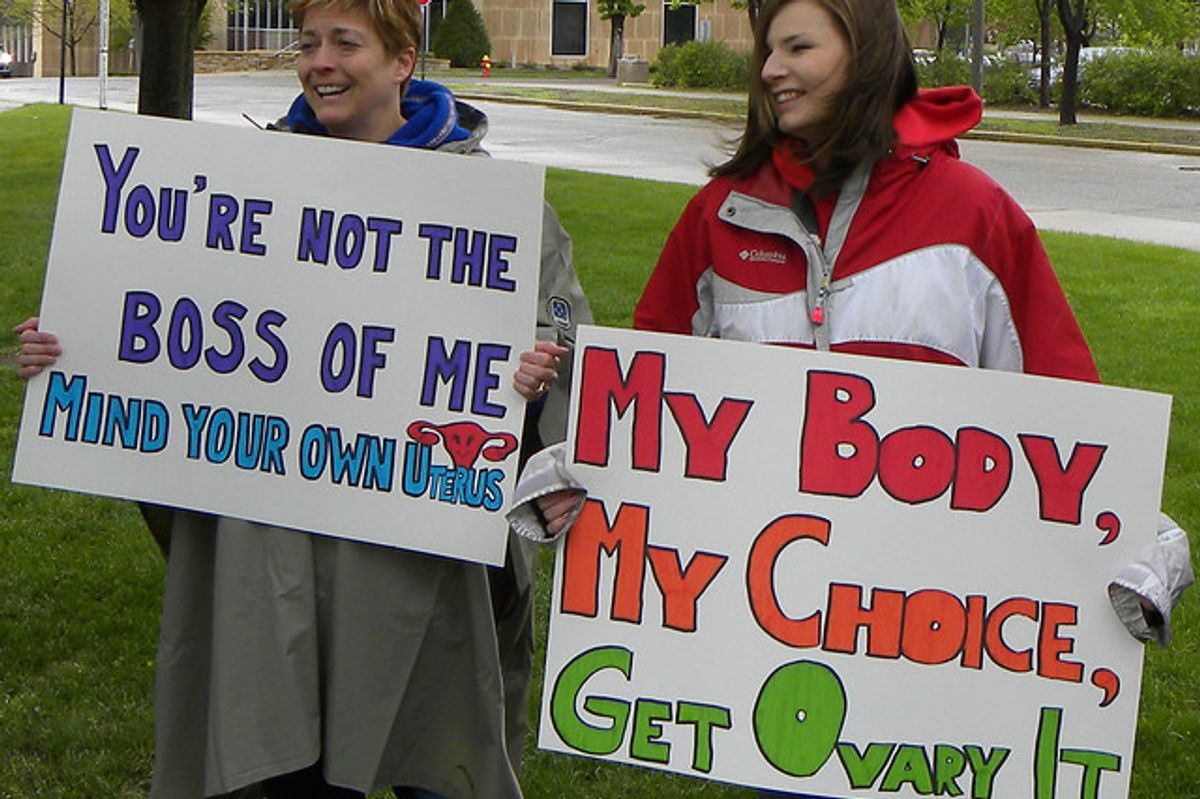
By Cindy Carcamo, Los Angeles Times
TUCSON, Ariz. — As a crush of unaccompanied Central American children illegally enters the United States, politicians and pundits on both sides of the aisle are increasingly weighing in on what should be done to stop the surge.
Shelters established for unaccompanied children are overflowing — news reports have featured photographs of facilities crammed with youngsters. Boys and girls can be seen sleeping on concrete floors, shoulder to shoulder.
Some critics of the Obama administration have asked why the children can’t be returned to their home countries quickly. Legal restrictions, however, make the process complicated. With so much noise and political posturing, misperceptions abound. It’s time to clear the air.
Question: Where are these unaccompanied children coming from?
Answer: It used to be that most of the children who entered the U.S. alone and illegally came from Mexico. That changed in fiscal year 2013 when more Central American children — nearly 21,000 from Guatemala, El Salvador and Honduras — entered the country illegally. A little more than 17,000 originated from Mexico.
Through May of this federal fiscal year, 34,611 were from Central America and 11,577 from Mexico. In fact, the number of unaccompanied Mexican children has decreased in the last few years.
Q: Why are they coming to the U.S.?
A: Although there has always been crushing poverty in Central America, violence in the region has escalated again in recent years after a period of relative political stability. For example, Honduras has the most murders per capita of any country.
Drug cartels and gangs are at the root of the increased violence. Some of these children are fleeing gang initiations, according to several reports.
But not all the children fleeing the region are arriving in the U.S. They are also looking for refuge in Mexico and other nations, such as Panama, Nicaragua, Costa Rica and Belize, according to the United Nations Refugee Agency.
Meanwhile, false rumors are circulating throughout Central America that the U.S. is giving families and children traveling solo permisos — that is, documents to permanently reside in the U.S.
Q: Why can’t these children be deported right away?
A: Under U.S. immigration law, Mexican or Canadian children who enter illegally and alone can be returned immediately. However, children from elsewhere cannot be removed immediately and must first be taken into U.S. custody.
Q: If Central American children can’t be immediately deported, what happens to them?
A: According to immigration law, the Department of Homeland Security can only keep children who aren’t from Mexico or Canada in custody for a maximum of 72 hours.
The children are screened and then must be transferred to the Office of Refugee Resettlement, which places them in temporary shelters. The children then become wards of the federal government. Meanwhile, Office of Refugee Resettlement officials are required to “act in the best interest of the child,” which often means reuniting the child with a parent or relative living in the U.S. Others are placed in foster care.
An estimated 65 percent of the children are placed with a sponsor — usually a family member, according to the Vera Institute of Justice. The federal government has reported that the number may be higher — somewhere between 85 percent to 90 percent, according to Kids in Need of Defense, an advocacy organization that works to find pro bono representation for these children.
Q: Does that mean all these Central American children are allowed to stay indefinitely after they reunite with family?
A: No. From the time an unaccompanied child is taken into immigration custody, he or she is under removal proceedings. The child receives a notice to appear in immigration court, where he or she can ask to stay.
Some who receive these notices seem to be confusing them with the permisos they heard about before making the journey north, further perpetuating a rumor that is helping to drive the surge in immigration.
As with all who appear in immigration court, the children are not provided with government-funded attorneys during their removal hearings.
An immigration judge makes the final determination on whether the child will be deported or allowed to stay.
Q: Is there any sort of immigration relief for these children?
A: Although it’s true that these children are not eligible for President Obama’s Deferred Action for Childhood Arrivals program, some may qualify for asylum or other forms of immigration relief. For example, victims of crime or trafficking might be allowed to stay in the United States.
A report released in March by the Office of the U.N. High Commissioner for Refugees says that 58 percent of children arriving from Mexico and Central America are eligible for some sort of humanitarian protection under international conventions.
A similar study by the Vera Institute of Justice discovered that about 40 percent were eligible for some form of immigration relief — such as asylum or what’s known as special immigrant juvenile status.
It’s unclear however, how many unaccompanied children are actually given immigration relief in the courts because no statistics are available.
Q: Does that mean some actually have a chance to stay in the U.S. indefinitely?
A: Yes. Some may get the chance to stay and eventually even become lawful permanent residents.
Children with families who manage to find legal representation are more likely to win their cases. The most popular form of immigration relief is the special immigrant juvenile visa. This status is usually given to children who are found to have been abused, neglected or abandoned by one or both parents.
Bryan Johnson, an immigration attorney in New York, said that up to 80 percent of the unaccompanied children who come into his office are eligible for permanent residency in the U.S. — mostly with a special immigrant juvenile visa.
Q: What has been the federal response to the surge?
A: New shelters and processing facilities have been opened, and on Friday the Obama administration announced new measures to detain, process and ultimately deport the growing numbers of Central American children and families illegally entering the country.
Although the administration has executive authority to enforce immigration laws, its hands are essentially tied by current law when it comes to how to handle unaccompanied minors. Ultimately, it’s up to the immigration court system to determine whether unaccompanied Central American children can be removed from the country.
Photo: Tim Brown via Flickr


